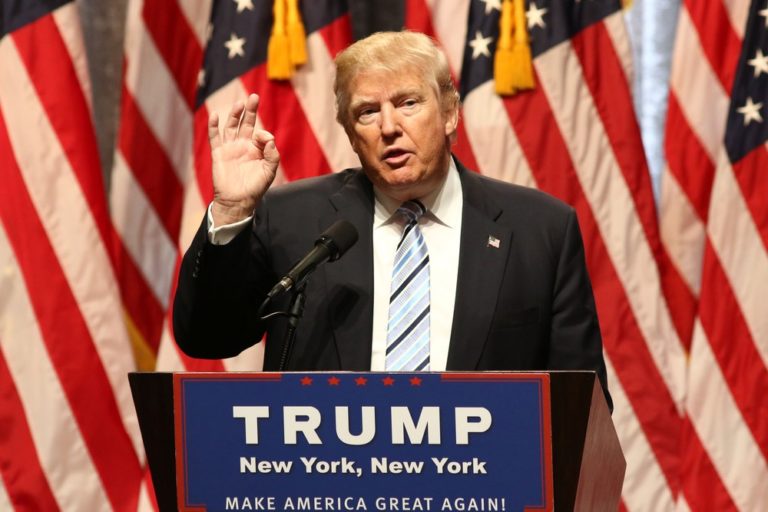Key Takeaways:
– Donald Trump’s recent ad attacking Vice President Kamala Harris has been highlighted for several inaccuracies.
– Fact checkers from The Washington Post have disputed many of the claims made in the ad.
– According to data, US vehicle production employment is at a 34-year high.
– Contrary to the ad’s claims, Kamala Harris does not want to end gas-powered cars.
– The ad’s image of a laid-off autoworker is misleading as it originates from a small electric vehicle maker not based in Michigan.
Let’s dive into what happened:
Fact Checkers Challenge Trump’s Ad Claims
Recently, Donald Trump targeted Vice President Kamala Harris in an ad campaign. This left many people scratching their heads due to its glaring inaccuracies. Bruce M. Belzowski from the Michigan research group, Automotive Futures, was stumped by the many false claims, questioning where to even start.
In the said ad, Trump forwarded a firm stance purportedly held by Kamala Harris. He accused her of supporting mandates for electric vehicles that allegedly led to job losses in Michigan. The exact words used were: “Kamala Harris supports [electric vehicle] mandates, killing Michigan jobs. She wants to end all gas-powered cars. Crazy but true. Harris’s push requiring electric only is failing big, and Michigan autoworkers are paying the price. Massive layoffs already started. She could tank Michigan’s whole economy.”
A Close Look at the Facts
After a thorough review, it turns out that the former president’s claims don’t quite align with available data. Bureau of Labor Statistics data reveals that the US motor vehicle manufacturing employment is hitting new highs. It’s at its peak since 1984, and Michigan auto manufacturing jobs are at their highest level since 2007. These figures clearly contradict the claims of massive job losses made in Trump’s advertisement.
Moreover, the claim that Harris wants to eliminate all gas-powered cars isn’t quite accurate. During her 2020 presidential campaign, she did advocate for a transition to electric vehicles. However, she altered her views later on. The fact that the ad doesn’t acknowledge this shift shows a little bit of narrative manipulation.
The United Auto Workers, a group that had backed Harris for president, had to step in and challenge Trump’s claims. Given their support for Harris, they termed Trump’s attempts to clash her with Biden Administration’s move to create more electric vehicle production in the US as unwarranted fearmongering. Their statement clearly laid down that transitioning to clean energy does not mean abandoning union jobs.
Bruce Belzowski, in an email correspondence, clarified that there were no mandates as claimed by Trump. Instead, he explained how incentives provided by the Biden Administration to support the electric vehicle industry are actually spurring progress in the industry.
Not All Striking Images are Accurate
In addition, Trump’s campaign attempted to underscore its claims with an image of an apparently out-of-work autoworker. However, upon closer inspection, it becomes clear that this is misleading. The man in question is an employee of Rivian, a California-based electric truck manufacturer with only a hundred workers in Michigan.
Conclusion: Almost Everything is Misleading
After dotting the i’s and crossing the t’s, it’s clear that the facts don’t support Trump’s ad. Kamala Harris is not seeking to end gas-powered cars. There is no mandate on electric vehicles as claimed, and the supposed massive layoffs in Michigan’s auto industry simply don’t exist. To top it off, the industry is actually employing more people than during Trump’s presidency.
In a nutshell, it comes down to this: almost every significant claim made in Trump’s ad against Harris appears to be misleading or false.









